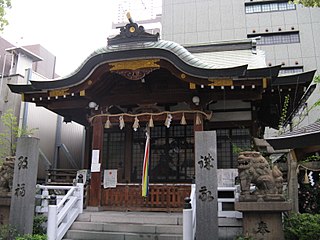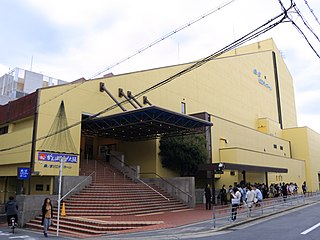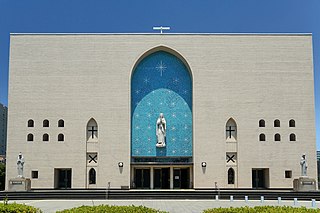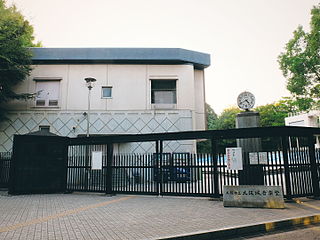Self-guided Sightseeing Tour #15 in Osaka, Japan
Legend
Guided Free Walking Tours
Book free guided walking tours in Osaka.
Guided Sightseeing Tours
Book guided sightseeing tours and activities in Osaka.
Tour Facts
2 km
31 m
Experience Osaka in Japan in a whole new way with our self-guided sightseeing tour. This site not only offers you practical information and insider tips, but also a rich variety of activities and sights you shouldn't miss. Whether you love art and culture, want to explore historical sites or simply want to experience the vibrant atmosphere of a lively city - you'll find everything you need for your personal adventure here.
Activities in OsakaIndividual Sights in OsakaSight 1: 鵲森宮

Kasasagi Morinomiya is a shrine located in the center of Morinomiya, Chuo-ku, Osaka. It is a Shikiuchi company, and the former company name is Fusha. It is commonly known as Morinomiya Shrine, and is the origin of the surrounding place names Morinomiya and Morinomiya.
Sight 2: 森ノ宮ピロティホール
Morinomiya Piloti Hall (Morinomiya Piloti Hall) is a multi-purpose hall located in Morinomiya Chuo, Chuo-ku, Osaka, Japan.
Sight 3: Tamatsukuri Inari Shrine
Tamatsukuri Inari Shrine is a shrine dedicated to the Shinto kami ('god') Inari. Its construction can be traced to 12 BCE, and Inari was enshrined there by Toyotomi Hideyoshi in the 1580s to protect Osaka Castle.
Sight 4: Catholic Tamatsukuri Church
St. Mary's Cathedral in Osaka is a cathedral of the Catholic Tamazuri Church located in Tamazoku, Chuo-ku, Osaka, Japan. It is called "Osaka Cathedral" because it is the episcopal cathedral of the Catholic Archdiocese of Osaka. The saint commemorated by the church is "Our Lady of the Immaculate Conception (Saint Mary)".
Sight 5: Osaka Castle Bandshell
Osaka Castle Music Hall is an outdoor music hall located in Osaka Castle Park in the Chuo Ward of Osaka City.
Share
Disclaimer Please be aware of your surroundings and do not enter private property. We are not liable for any damages that occur during the tours.
GPX-Download For navigation apps and GPS devices you can download the tour as a GPX file.



